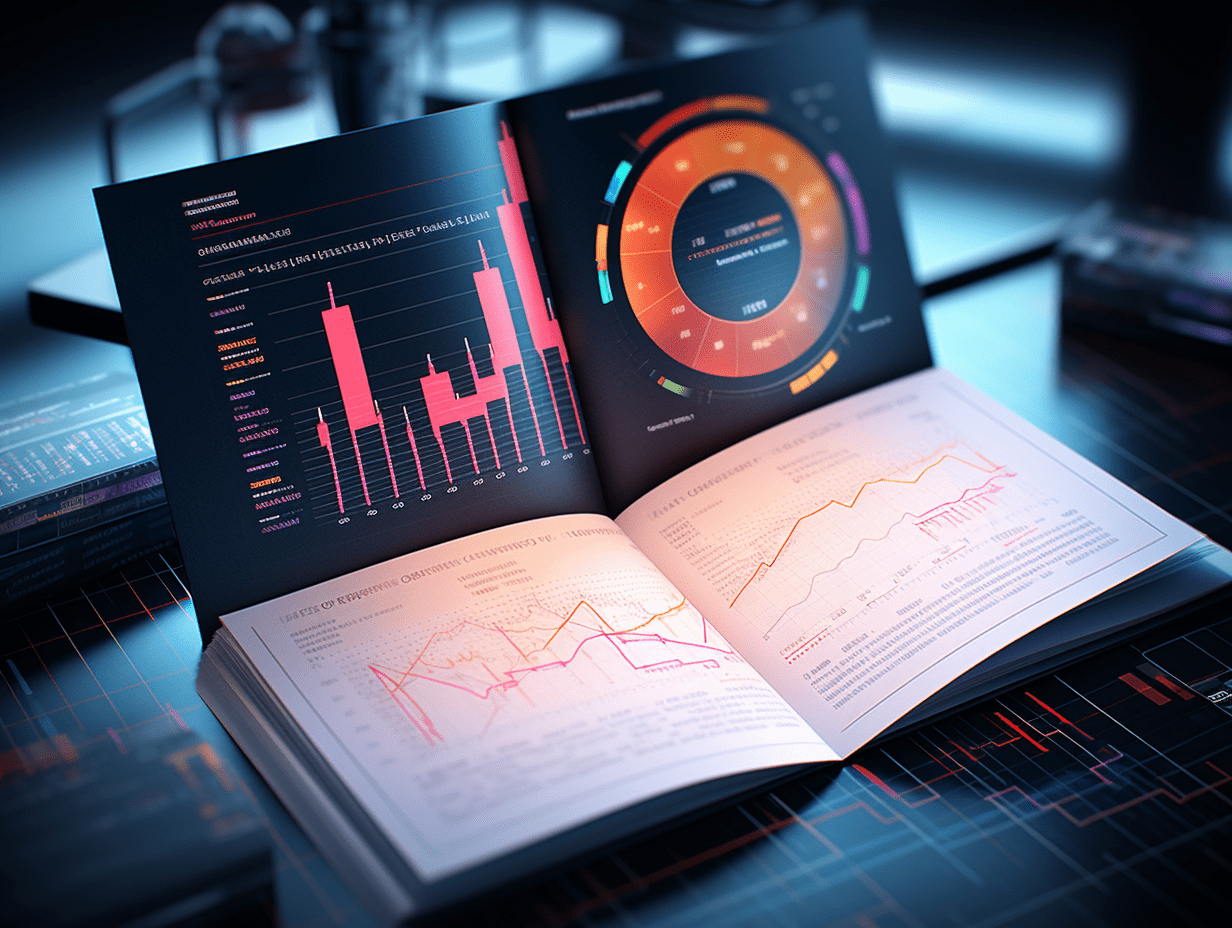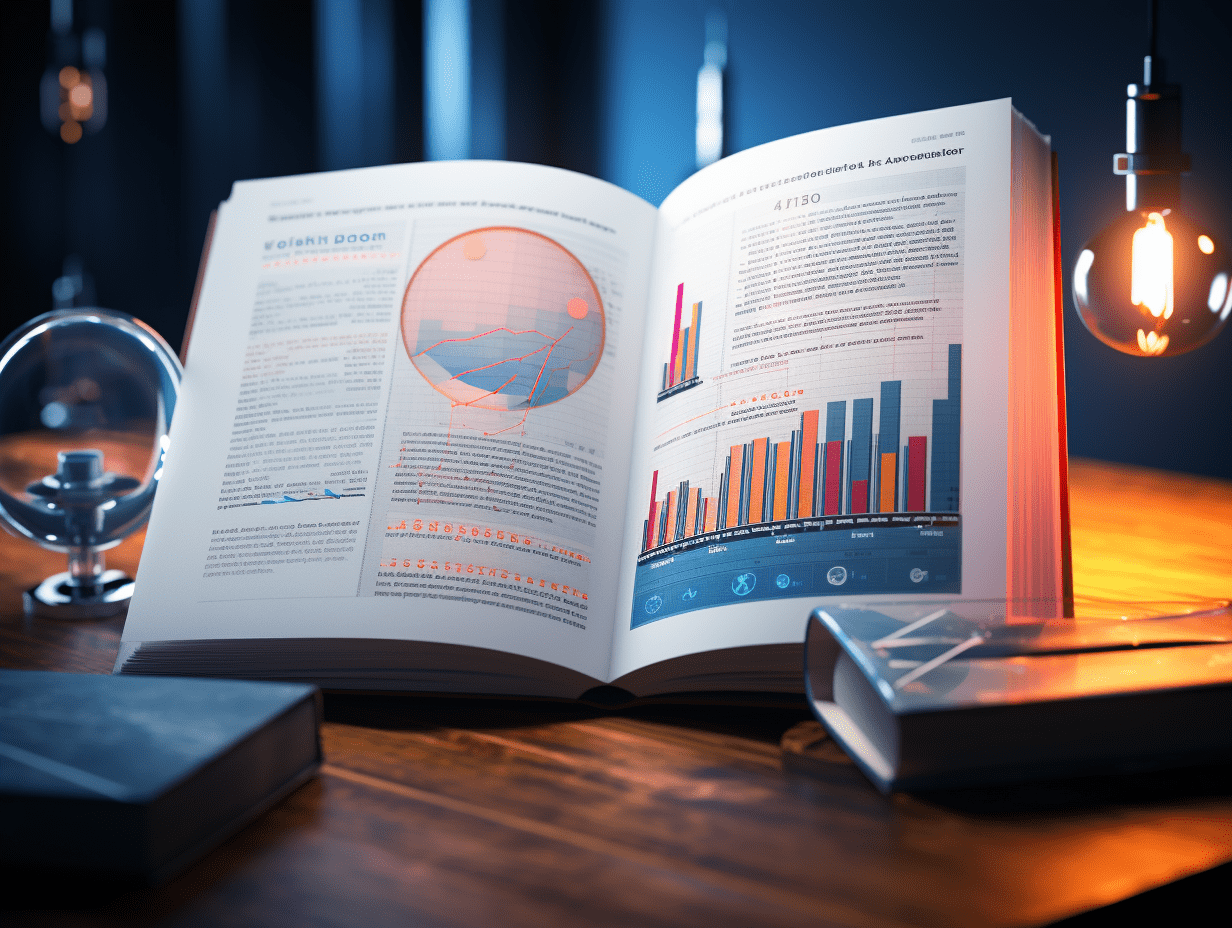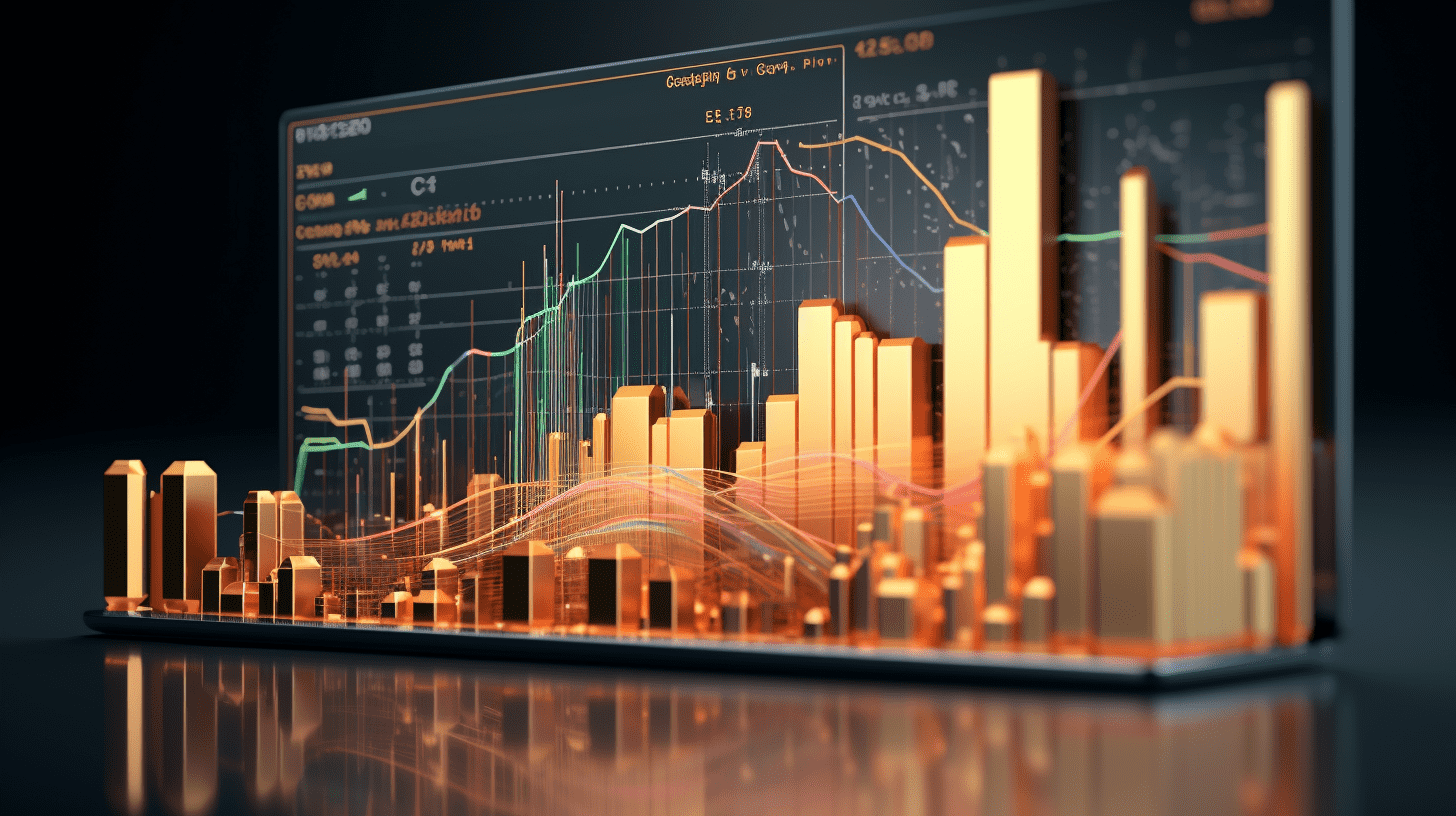U.S. stock rebound fails to hide hidden worries, Wall Street skeptical of sustained bullish market trend.
The suspension of tariffs has pushed the rebound of the US stock market, but Wall Street remains cautious, with several institutions already lowering their year-end target for the S&P 500 index.
Since President Trump announced an increase in tariffs on April 2nd, the US stock market has almost recovered all lost ground. However, Wall Street strategists do not believe that the stock market will continue to rise.
Truist's Co-Chief Information Officer, Keith Lerner, wrote in a report to clients on Monday: "Unlike the lows in the market, currently the 'bad news' being digested by the market is much less, and the outlook is still highly uncertain. If the market receives some bad news, the buffer space will decrease."
Since the US stock market hit bottom on April 8th, the S&P 500 index has risen by 11.5%, the Nasdaq Composite index has risen by about 14.4%, and the Dow Jones Industrial Average has risen by around 7.7%. On April 9th, President Trump announced a 90-day suspension of tariffs, leading to a rise in the stock market. However, the stock market has been rising steadily since then, and stock strategists point out that there has not been much change in the market narrative.
The uncertainty of tariff policies remains high, and the outlook for corporate profits is still chaotic. Economists believe that the possibility of a US economic recession has been increasing. This could mean that without another catalyst appearing, there may not be much room for further gains in the stock market.
Morgan Stanley's Chief Investment Officer, Mike Wilson, stated in a report to clients on Sunday that he expects the S&P 500 index to trade in the range of 5000 - 5500 points in the near term. Wilson believes that reaching a tariff agreement with China that "substantially" reduces actual tariff rates may be necessary to sustain the index above 5500 points for some time. Fed rate cuts - assuming they are not driven by economic data indicating recession risk - and upward revisions to earnings could also propel the stock market higher. Wilson said, "Interval trading may continue until we see a clearer shift in risk appetite towards these factors."
After two years of debating how high the bull market could go, stock strategists now believe that the risk in the stock market may be on the downside. On Tuesday, HSBC became the 12th major Wall Street firm to downgrade its year-end target for the S&P 500 index since the Trump trade war began. Five of these companies expect the S&P 500 index to essentially remain flat or lower at current levels this year.
Nicole Inui, head of US equity strategy at HSBC, lowered the S&P 500 index's year-end target from the previous forecast of 6700 points to 5600 points. Inui suggested that clients defensively structure their portfolios amid rising inflation, slowing economic growth, and the risk of a recession possibly looming.
In her report, Inui wrote, "We expect the market to swing between recession and stagflation until the tariff volatility subsides, the Fed starts easing policy, and/or inflation pressures fail to build up."
After the recent downturn, Inui believes that the market has already digested a "shallow" recession or a potential "mini" stagflation, where inflation rises while economic growth weakens. But the concern is that the extent of economic deterioration may exceed initial expectations. Then, as Inui wrote, "recession trading will start." Historical experience shows that the more severe the economic downturn, the further the stock market will decline.
Inui's research shows that during severe recessions, the S&P 500 index typically drops by nearly 30% from recent highs. Since the beginning of this year, the S&P 500 index has already fallen by 18.9% from its peak in February.
Related Articles

Private Economy Promotion Law: The country implements a national unified market access negative list system.

London Metal Exchange further advances market structure modernization.

In the first quarter, the number of commercial flights at Macau International Airport increased by 2.4% year-on-year to 13,621.
Private Economy Promotion Law: The country implements a national unified market access negative list system.

London Metal Exchange further advances market structure modernization.

In the first quarter, the number of commercial flights at Macau International Airport increased by 2.4% year-on-year to 13,621.

RECOMMEND

Under the threat of tariffs, the trade deficit of US goods has reached a historical record! There is a high probability that the GDP will suffer a heavy blow in the first quarter.
30/04/2025

From AI chatting to online shopping, OpenAI is striving to make ChatGPT the "universal application" of the AI era.
29/04/2025

Deutsche Bank warns: Overseas investors continue to withdraw from US assets, challenging the status of the US dollar.
29/04/2025


